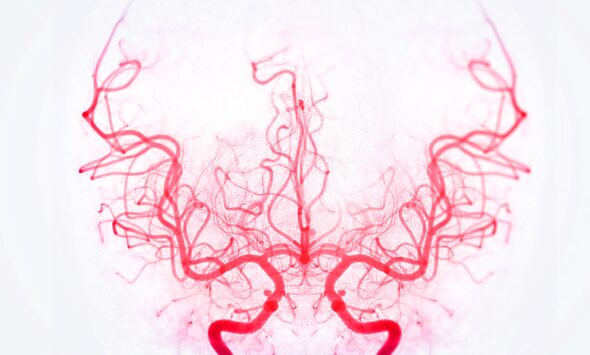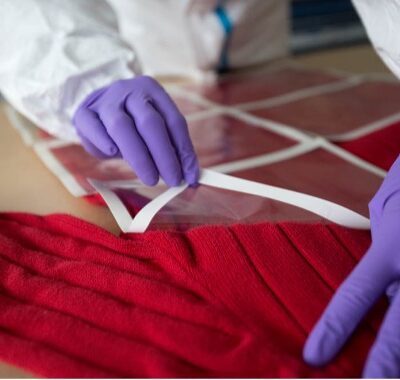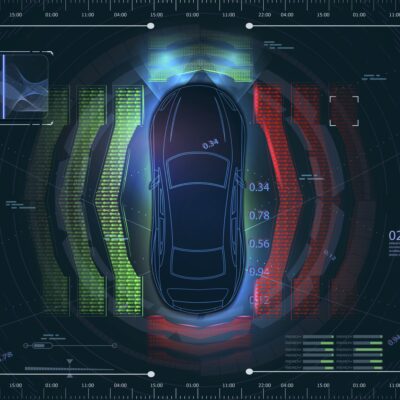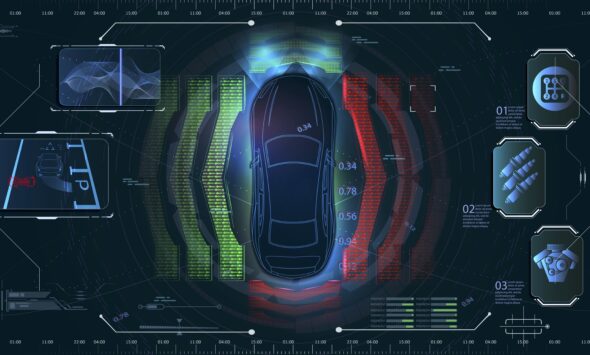Estimating the postmortem interval (PMI) largely relies on identifying (scoring) the stage of decomposition (SOD) of the body. Until now, this crucial step has been performed primarily by human experts using semi-objective visual methods. However, these approaches suffer from significant limitations: subjectivity, processing time, and difficulties in handling massive datasets.
A recent study conducted by the University of Tennessee investigates the contribution of artificial intelligence (AI) to automating this classification. Drawing on a dataset of over 1.5 million images of decomposing bodies documented under real conditions between 2011 and 2023, the researchers trained two convolutional neural network (CNN) models: Inception V3 and Xception.
A segmented anatomical approach based on deep learning
The study employed a strategy of decomposition stage scoring by anatomical region (head, trunk, and limbs), consistent with the methods of Megyesi (4 stages) and Gelderman (6 stages). Images were automatically sorted and then manually annotated by an expert according to these reference systems. The AI models were subsequently trained through transfer learning and tested on unseen images.
Performance results are highly promising, particularly with the Xception model, which achieved a high F1-score for both methods—an indicator of an AI model’s ability to generate predictions that are both accurate and comprehensive. Results were more modest for the limbs, owing to variability in photographic conditions.
A reliability equivalent to human experts?
To evaluate the performance of artificial intelligence against human experts, the researchers conducted an inter-rater test on 300 thoracic images. Three specialists classified the decomposition stages of these images using the two recognized methods, and their results were compared with those generated by the AI.
Agreement was assessed using Fleiss’ Kappa coefficient. For the Megyesi method, results revealed a “substantial” agreement between AI classifications and those of human experts (κ = 0.637), a score very close to that observed among the experts themselves (κ = 0.67). These findings highlight the significant alignment of AI with expert evaluations, thereby reinforcing the validity and relevance of this automated approach.
Challenges to overcome for operational integration
Annotation carried out by a single expert introduces bias, while the use of a unique environmental context limits the generalizability of the results. Lower performance on limb regions highlights the need for greater data diversification, particularly through the inclusion of varied climatic conditions. A multicenter dataset annotated by multiple experts would provide a more robust reference base, ensuring improved generalization and increased reliability of the models.
Perspectives: toward AI-augmented forensics
This study represents a step forward in the automation of taphonomic analysis. Other work, such as that of Smith et al. (2024) using Bayesian models, or the growing use of 3D imaging and the necrobiome, suggest a convergence of AI, biological, and environmental approaches for a more accurate and less subjective estimation of the PMI.
Automating the assessment of decomposition stage allows for substantial time savings while reducing inter-observer variability. However, further efforts are needed to expand datasets and to develop standardized annotation protocols. The integration of algorithms such as those described here could transform forensic practice by facilitating the exploitation and analysis of large image databases, as well as their application in crisis situations (disasters, conflicts).
References :
- Nau, A.-M. et al. (2024). Towards Automation of Human Stage of Decay Identification: An Artificial Intelligence Approach. arXiv:2408.10414.
- Megyesi, M.S. et al. (2005). Using accumulated degree-days to estimate the postmortem interval from decomposed human remains. Journal of Forensic Sciences, 50(3), 618–626.
- Gelderman, H. et al. (2018). The development of a post-mortem interval estimation for human remains found on land in the Netherlands. Int. J. Legal Med., 132(3), 863–873.
- Smith, D.H. et al. (2024). Modeling human decomposition: a Bayesian approach. arXiv:2411.09802.
- Infante, D. (2025). How AI and 3D Imaging are Transforming Body Farm Research. AZoLifeSciences.
- Piraianu, A.-I. et al. (2023). Enhancing the evidence with algorithms: how artificial intelligence is transforming forensic medicine. Diagnostics, 13(18), 2992.
Tous droits réservés - © 2025 Forenseek

















